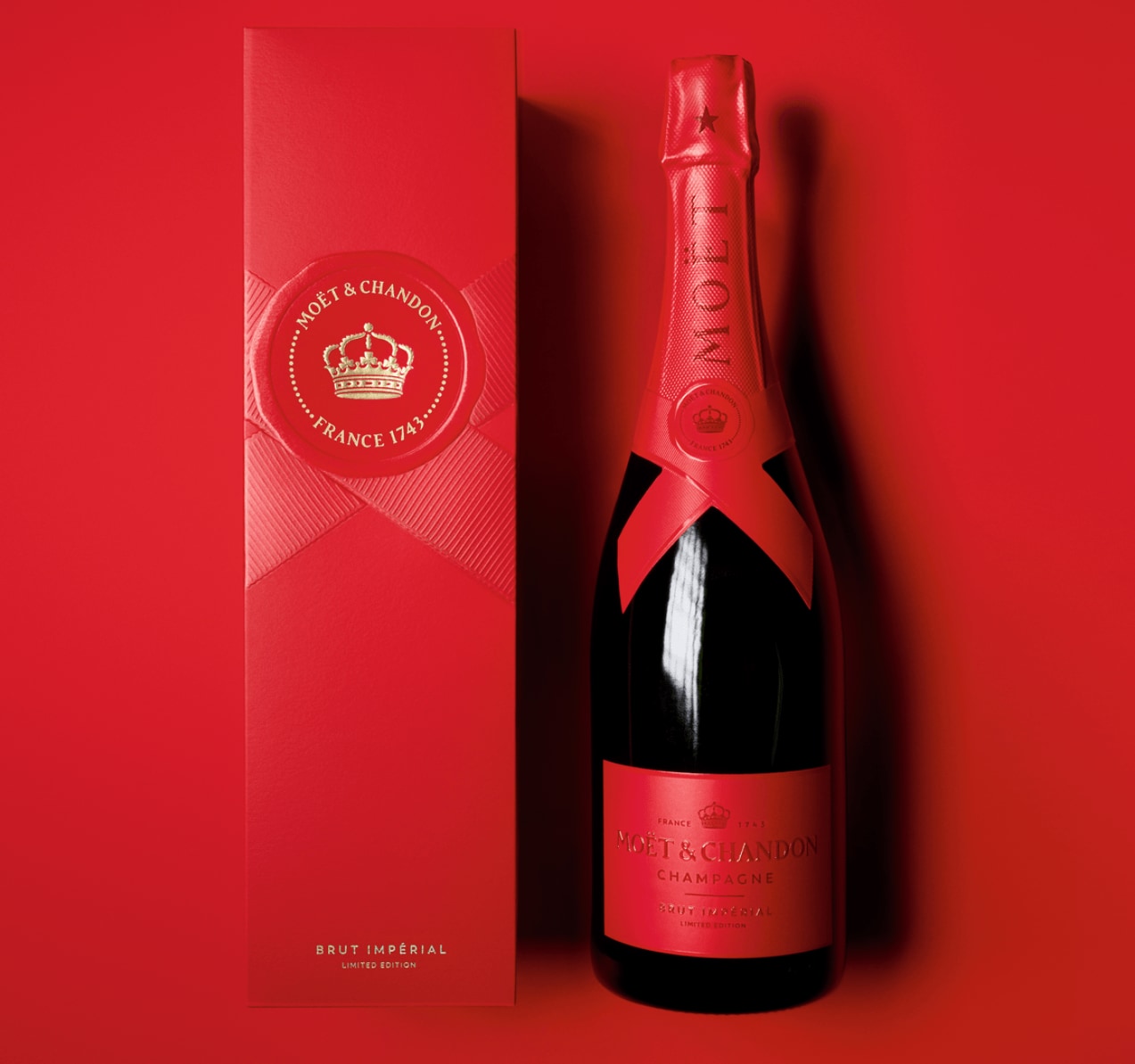Moët & Chandon Wine & Food Credo
How should a champagne be appreciated?
It’s above all “a spontaneous experience, which is more focused on sensations and emotions than it is on knowledge” according to Benoît Gouez, cellar master at Moët & Chandon. And as with all wines, the champagne aromas prove to be even better when they are combined with well-chosen dishes. The fine bubbles add lightness to the flavour combinations and stimulate how the textures feel in the mouth.
Benoît Gouez, along with Jean-Michel Bardet, the Executive Chef at Moët & Chandon, have developed their approach to food and champagne pairing over a number of years. They aim to create remarkable gastronomic experiences based on six principles:
DIALOGUE
Going beyond basic tone-on-tone harmony. The aim is to initiate a “dialogue” between the food and the champagne, allowing them to bring out the best in each other.
COLOURS
The first contact is visual. The colours should echo the wine’s palette of aromas, but which may not always be the same colour as the wine itself. This is known as chromaticity; the art of matching the colour of food with the aromatic notes in the champagne. An example? When summer fruits (apricot, peach, etc.) are expressed, the food pairing will veer towards warm hues, such as saffron and turmeric.
SIMPLICITY
The discreet sophistication of refined yet simple dishes. The ideal formula? A trio: a main ingredient + a complementary ingredient + a contrasting element. It all depends on product quality (freshness, season, origin), and how the products are cooked and seasoned.
SALINITY
Moët & Chandon champagnes have four of the five primary flavours: acidity from the Chardonnay grape; bitterness from the Pinot Noir and Meunier grapes; umami from maturation on yeasts; and sweetness, which depends on the dosage. The fifth element, salt, is conspicuously absent. So it needs to be an element of the food, so that all the flavours can be revealed.
COOKING
Champagne hates dryness. It is wonderfully light, and so requires only moderate cooking to preserve the full flavour and juciness in the ingredients: light cooking, one side only, “al dente”, or even raw or marinaded products.
TEXTURES
The sensation of “bubble rebound”. This is brought about with crunchy, crisp, or even spicy food, or when there is a contrast between hot and cold. It is also beneficial for the food to have a taste that lingers in the mouth as long as the champagne lingers. And that’s known as “mouthfeel”.


